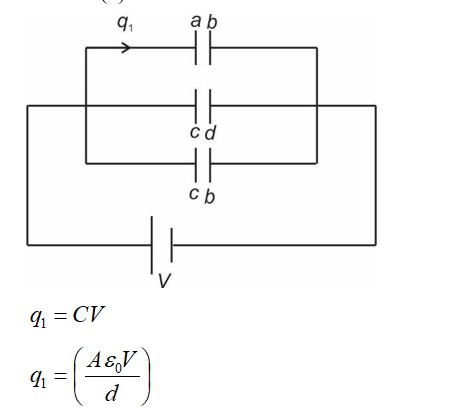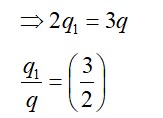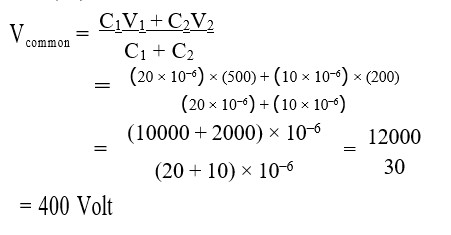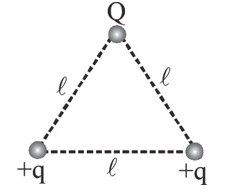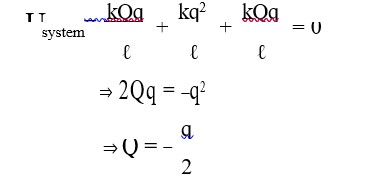Two identical positive charge Q each are fixed at a distance of ‘2a’ apart from each other. Another point charge q0 with mass ‘m’ is placed at midpoint between two fixed charges. For a small displacement along the line joining the fixed charges, the charge q0 executes SHM. The time period of oscillation of charge q0 will be:
Two identical positive charge Q each are fixed at a distance of ‘2a’ apart from each other. Another point charge q0 with mass ‘m’ is placed at midpoint between two fixed charges. For a small displacement along the line joining the fixed charges, the charge q0 executes SHM. The time period of oscillation of charge q0 will be:
Option 1 -
Option 2 -
Option 3 -
Option 4 -
Similar Questions for you
For force between q1 and q2 is maximum, q1 = q2
When positive charge moves from low potential to high potential region, work is done against electric field and potential energy increases.
Taking an Exam? Selecting a College?
Get authentic answers from experts, students and alumni that you won't find anywhere else
Sign Up on ShikshaOn Shiksha, get access to
- 65k Colleges
- 1.2k Exams
- 679k Reviews
- 1800k Answers



